No wave was an avant-garde music genre and visual art scene which emerged in the late 1970s in Downtown New York City. The term was a pun based on the rejection of commercial new wave music. Reacting against punk rock's recycling of rock and roll clichés, no wave musicians instead experimented with noise, dissonance, and atonality, as well as non-rock genres like free jazz, funk, and disco. The scene often reflected an abrasive, confrontational, and nihilistic world view.

Sonic Youth was an American rock band based in New York City and formed in 1981. Founding members Kim Gordon, Thurston Moore and Lee Ranaldo remained together for the entire history of the band, while Steve Shelley (drums) followed a series of short-term drummers in 1985, rounding out the core line-up. Jim O'Rourke was also a member of the band from 1999 to 2005, and Mark Ibold was a member from 2006 to 2011.

Glenn Branca was an American avant-garde composer, guitarist, and luthier. Known for his use of volume, alternative guitar tunings, repetition, droning, and the harmonic series, he was a driving force behind the genres of no wave, totalism and noise rock. Branca received a 2009 Foundation for Contemporary Arts Grants to Artists Award.
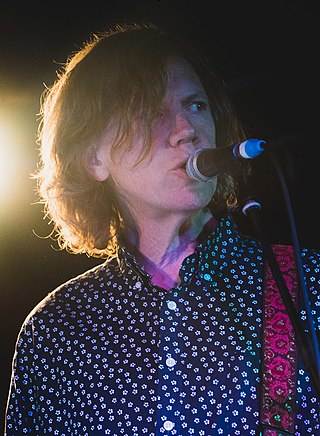
Thurston Joseph Moore is an American guitarist, singer and songwriter best known as a member of the rock band Sonic Youth. He has also participated in many solo and group collaborations outside Sonic Youth, as well as running the Ecstatic Peace! record label. Moore was ranked 34th in Rolling Stone's 2004 edition of the "100 Greatest Guitarists of All Time".

Lee Mark Ranaldo is an American guitarist, singer and songwriter, best known as a co-founder of the rock band Sonic Youth. In 2004, Rolling Stone ranked Ranaldo at number 33 on its "Greatest Guitarists of All Time" list. In May 2012, Spin published a staff-selected top 100 guitarist list, ranking Ranaldo and his Sonic Youth bandmate Thurston Moore together at number 1.
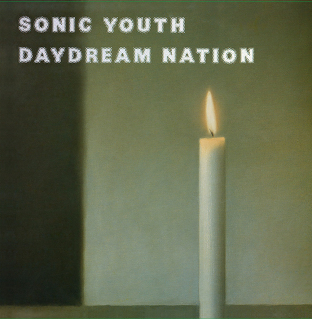
Daydream Nation is the fifth studio album by American alternative rock band Sonic Youth, released on October 18, 1988. The band recorded the album between July and August 1988 at Greene St. Recording in New York City, and it was released by Enigma Records as a double album.
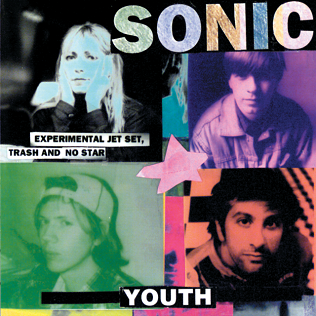
Experimental Jet Set, Trash and No Star is the eighth studio album by American experimental rock band Sonic Youth, released on May 10, 1994, by DGC Records. It was produced by Butch Vig and recorded at Sear Sound studio in New York City, the same studio where the band's 1987 album Sister was recorded. Unlike its predecessor Dirty, Experimental Jet Set features a more low-key approach and references the band's earlier work on the independent record label SST Records. The album contains quieter and more relaxed songs that deal with personal and political topics.

A Thousand Leaves is the tenth studio album by American rock band Sonic Youth, released on CD and cassette on May 12, 1998, by DGC Records. A double-LP vinyl issue had been released three weeks earlier on My So Called Records. It was the band's first album recorded at their own studio in Lower Manhattan, which was built with the money they had made at the 1995 Lollapalooza festival. Since the band had an unlimited amount of time to work in their studio, the album features numerous lengthy and improvisational tracks that were developed unevenly. The highly experimental extended plays Anagrama, Slaapkamers met slagroom, and Invito al ĉielo were recorded simultaneously with the album.
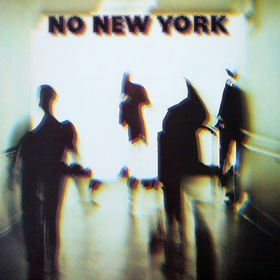
No New York is a No Wave compilation album released in 1978 by record label Antilles under the curation of producer Brian Eno. Although it only contains songs by four different artists, it has been considered important in defining and documenting the scene and movement, with the name "no wave" being influenced by that of the album according to some accounts.

Sonic Youth is the debut EP by American rock band Sonic Youth. It was recorded between December 1981 and January 1982 and released in March 1982 by Glenn Branca's Neutral label. It is the only recording featuring the early Sonic Youth lineup with Richard Edson on drums. Sonic Youth differs stylistically from the band's later work in its greater incorporation of clean guitars, standard tuning, crisp production and a post-punk style.

Confusion Is Sex is the debut studio album by American noise rock band Sonic Youth. It was released in 1983 by Neutral Records. It has been referred to as an important example of the no wave genre. AllMusic called it "lo-fi to the point of tonal drabness, as the instruments seem to ring out in only one tone, that of screechy noise".

NYC Ghosts & Flowers is the eleventh studio album by American rock band Sonic Youth, released on May 16, 2000 by DGC Records. The highly experimental album is considered to be a reaction to the theft of the band's instruments in July 1999, when several irreplaceable guitars and effects pedals were stolen. NYC Ghosts & Flowers was the first album since Bad Moon Rising in which the band used prepared guitar.

99 Records was an American independent record label, active from 1980 to 1984. The label was home to musicians in the no wave, post-punk, post-disco, and avant-garde scenes in New York City.

"Death Valley '69" is a song by American alternative rock band Sonic Youth and featuring Lydia Lunch. The song was written and sung by Thurston Moore and fellow New York musician Lunch, and recorded by Martin Bisi in 1984.
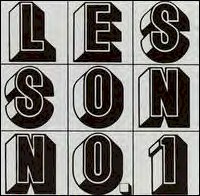
Lesson No. 1 is the debut solo EP by American avant-garde musician Glenn Branca. It was released in March 1980 on 99 Records.
Anne DeMarinis is an American musician and artist. She is a former member of Sonic Youth.
Noise Fest was an influential festival of no wave noise music performances curated by Thurston Moore of Sonic Youth at the New York City art space White Columns in June 1981. Sonic Youth made their first live appearances at this show.
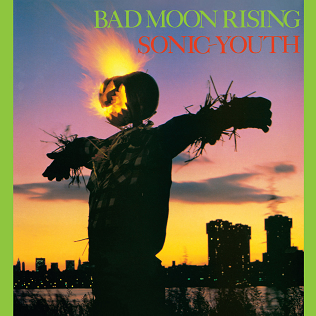
Bad Moon Rising is the second studio album by American rock band Sonic Youth, released on March 29, 1985, by Blast First and Homestead Records. The album is loosely themed around the dark side of America, including references to obsession, insanity, Charles Manson, heavy metal, Satanism, and early European settlers' encounters with Native Americans.
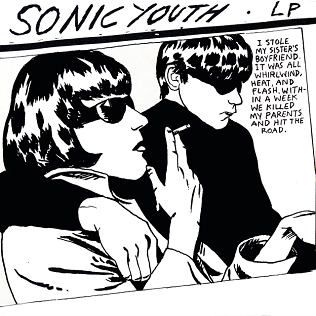
Goo is the sixth full-length studio album by American alternative rock band Sonic Youth, released on June 26, 1990, by DGC Records. For this album, the band sought to expand upon its trademark alternating guitar arrangements and the layered sound of their previous album Daydream Nation (1988) with songwriting that was more topical than past works, exploring themes of female empowerment and pop culture. Coming off the success of Daydream Nation, Nick Sansano returned to engineer Goo, but veteran producer Ron Saint Germain was chosen by Sonic Youth to finish mixing the album following Sansano's dismissal.

Last Night on Earth is the tenth studio album by the American alternative rock musician Lee Ranaldo, released on October 7, 2013 on Matador Records. Recorded over a nine-month period at Echo Canyon West in Hoboken, New Jersey, the album features Ranaldo's backing band The Dust which comprises former Sonic Youth bandmate Steve Shelley, guitarist Alan Licht and bassist Tim Lüntzel. In addition to studio recordings, Last Night on Earth incorporates field recordings of Ranaldo in Berlin, Germany and Valeggio sul Mincio, Italy.


















